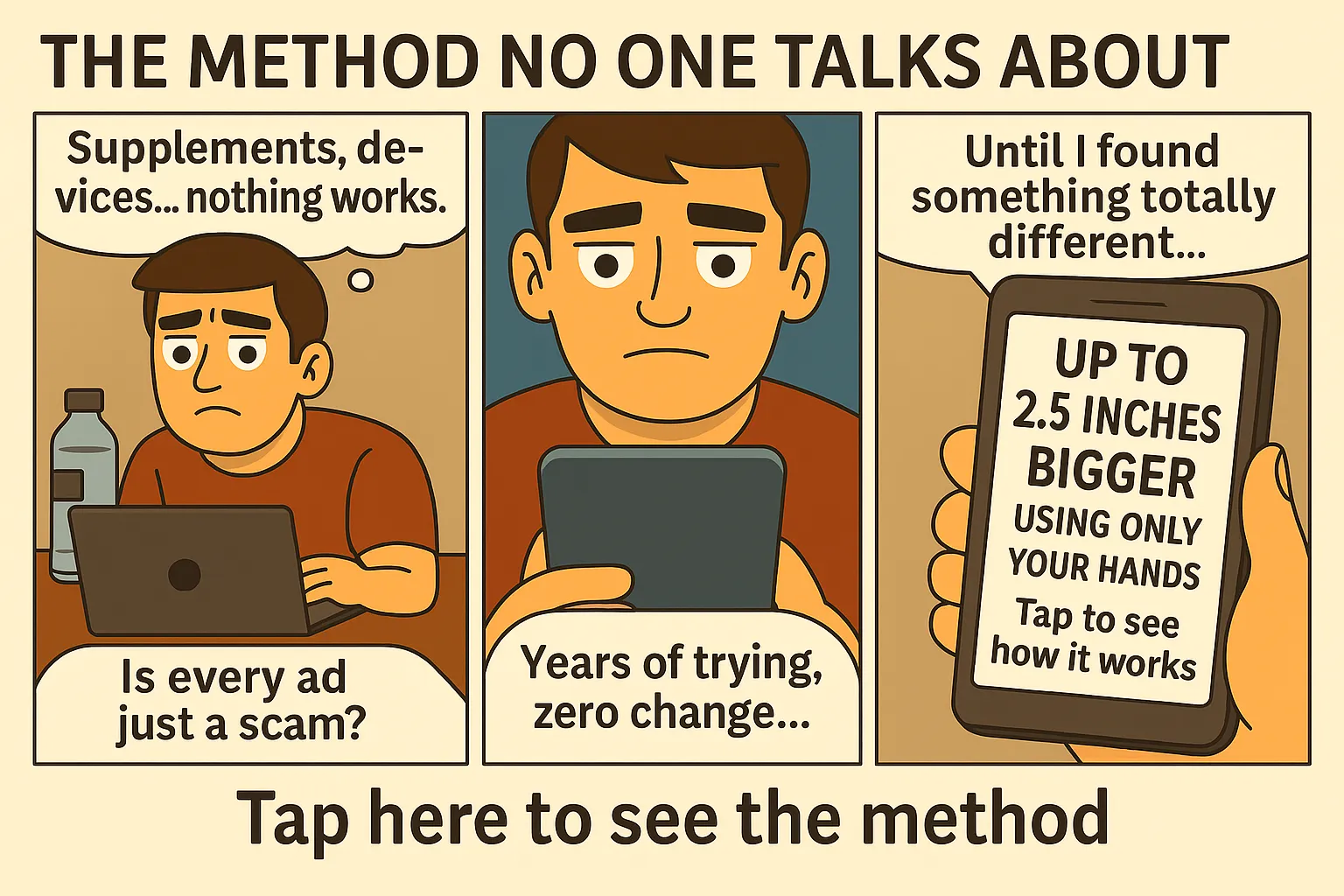🎵 Sound, Rhythm & Testosterone: What Your Playlist Says About You
Most men use music to relax, focus, or energize—but what if your playlist could also influence your hormone levels? Emerging research suggests a strong connection between music and testosterone, impacting everything from aggression and motivation to sexual energy and confidence. Understanding how your auditory environment affects your endocrine system can unlock new levels of male performance.
Soundwaves and Hormones: The Biological Connection
Music isn’t just entertainment—it interacts with the brain’s limbic system, which plays a key role in emotional and hormonal regulation. Specific rhythms and frequencies can stimulate regions tied to testosterone production, especially in contexts that involve physical movement, arousal, or competitive stimuli. In essence, the right tracks can serve as a hormonal trigger.
Testosterone-Boosting Music Genres
Not all music has the same effect on male hormones. Genres like rock, hip-hop, and high-energy electronic music often increase testosterone-related markers such as assertiveness and dominance. A study from the University of Vienna found that male participants exposed to aggressive music prior to a competitive task had elevated testosterone levels post-exposure.
Workout Playlists and Hormonal Response
Listening to powerful, high-intensity music during resistance training can amplify testosterone spikes induced by physical exertion. The combination of rhythm, intensity, and exertion creates a feedback loop of increased motivation and hormonal surge. That’s why a carefully curated gym playlist isn’t just motivational—it’s anabolic.
Case Study: Music and Powerlifting Performance
A group of lifters listening to aggressive music before max effort squats showed higher post-exercise testosterone compared to those listening to calming sounds or no music at all. This confirms what many athletes intuitively know: the right music can help you push harder, lift heavier, and feel more dominant.
Relaxing Music: Testosterone’s Enemy?
On the flip side, soft, emotionally complex music may lower testosterone levels while increasing empathy and relaxation. That’s not always a bad thing—it depends on context. For sleep, recovery, or intimacy, this effect can be beneficial. But during performance-driven moments, calming music might blunt your edge.
How to Build a Testosterone-Friendly Sound Environment
Start by tailoring your playlists to match your desired state: energizing tracks for training and assertive tasks, calming tunes for recovery. Look for songs with strong basslines, aggressive lyrics, and a tempo between 120–140 BPM for maximum hormonal impact.
Morning Hormone Priming Through Sound
Pairing motivational music with morning sunlight exposure can amplify testosterone output. This multisensory stimulation primes your brain and body for high performance. Learn more about the impact of early light in our article on best time for sunlight testosterone.
Why Live Music and Drumming Increase Masculine Drive
Live performances, particularly those with strong rhythmic drumming, activate deep primal circuits in the brain. These auditory patterns mimic ancient tribal signals used for hunting, battle, and mating rituals—contexts historically associated with elevated testosterone. That’s why men often report feeling “wired” or sexually charged after concerts or drum circles.
Music, Testosterone, and Sexual Energy
Certain songs can trigger vivid imagery, arousal, and confidence—all of which correlate with testosterone surges. Consider using music before dates, sexual activity, or even public speaking to amplify your masculine energy and reduce nervousness. Your brain responds to auditory cues faster than you think.
What to Avoid: Hormonal Drains in Your Playlist
Music that’s overly depressive, emotionally dissonant, or lethargic can pull you into a low-testosterone state. Think of breakup ballads or sorrowful melodies—they’re useful during healing phases but can sabotage performance if played at the wrong moment. Use music strategically, not passively.
Emotional Resonance and Hormonal Response
The more emotionally connected you are to a song, the stronger its hormonal effect. That means testosterone responses vary by individual. Track how different tracks make you feel—strong, focused, sexual, or vulnerable—and adjust your environment accordingly.
Recommended Articles
Creating a High-Testosterone Audio Routine
If you want consistent hormonal results, build a repeatable daily audio strategy. Start the day with strong, motivating tracks that align with your goals. During workouts, use rhythm-heavy music with aggressive tones. At night, shift to ambient or instrumental tracks that reduce cortisol and enhance recovery without tanking testosterone.
Timing is Everything
Music influences testosterone most effectively during transitional moments—waking up, pre-training, sexual buildup, and moments of confrontation or challenge. Use those windows to inject the right frequency and tempo into your brain. Don’t just play music—prescribe it.
Use Music Before Sexual Activity
Playing music that makes you feel dominant, confident, and energized can help elevate arousal and testosterone before sex. Create a “sexual drive” playlist with tracks that make you feel powerful—not romantic or passive. Sound primes the nervous system and can switch your mindset into alpha mode.
Neurological Mechanisms: Why Music Affects Hormones
When you listen to music, your auditory cortex activates the hypothalamus and amygdala—regions involved in stress response, arousal, and hormone secretion. Testosterone is tightly linked to these processes, meaning that your emotional and sensory reaction to sound has direct hormonal consequences.
Dopamine and Testosterone Synergy
Music boosts dopamine, the neurotransmitter of motivation and pleasure. Testosterone and dopamine often rise together, especially in situations involving competition or excitement. That’s why music that pumps you up can make you feel more alive, sexual, and driven.
Evolutionary Perspective
In ancestral tribes, music—especially drumming and chanting—was used to prepare for war, ritual, and mating. These contexts were all testosterone-driven. Modern men can still harness these ancient patterns through intentional listening. The right beat still speaks to your biology.
How to Identify Testosterone-Spiking Songs
Start by paying attention to your physical response. Do you feel your chest expand, your posture improve, or your breathing deepen when you hear a track? That’s a sign of hormonal alignment. You can also monitor gym performance and libido after using different playlists to find what works best.
Don’t Rely on Lyrics Alone
It’s not just about the words—it’s the beat, rhythm, and energy. A song can have aggressive lyrics but a slow, depressing tempo. Prioritize tracks that elevate tempo, induce alertness, and create a sense of power. Let your body—not just your brain—respond.
Real-World Examples of Testosterone-Driven Music
Some commonly reported testosterone-boosting tracks include:
- “Till I Collapse” – Eminem
- “Power” – Kanye West
- “Stronger” – Kanye West
- “Indestructible” – Disturbed
- “Remember the Name” – Fort Minor
- “Back in Black” – AC/DC
- “Lose Yourself” – Eminem
Use these as a foundation to build your own high-testosterone playlist.
Conclusion: Tune Your Hormones
Sound is more than entertainment—it’s a lever for biological dominance. When used strategically, music becomes a performance-enhancing tool for energy, sex drive, confidence, and hormonal strength. Don’t waste your auditory real estate on songs that make you feel weaker. Feed your brain what fires you up.
Want the full guide to reprogramming your biology for size, strength, and sexual power? Start your transformation today.
Why Music Choice Reflects Your Inner State
The music you gravitate toward reflects your internal hormonal profile. Men with low testosterone may unconsciously prefer soft, melancholic, or emotionally complex music. In contrast, men with high T levels often crave bold, energizing tracks. You can use this insight in reverse—select testosterone-oriented music to reshape your internal state.
Shift Your Identity Through Sound
Music is identity. By choosing dominant, powerful, testosterone-boosting music, you reinforce a stronger version of yourself. Over time, this can change how you walk, speak, train, and perform sexually. It’s not woo-woo—it’s neuroplasticity fueled by rhythm.
Stacking Sound With Other Male Optimization Tactics
To amplify results, pair testosterone-triggering music with:
- Morning sunlight exposure (sunlight tips here)
- Resistance training
- Cold exposure (showers or plunges)
- Intentional breathwork
- Visualization and mental rehearsal
Stacking these stimuli sends powerful cues to your brain and endocrine system to operate in high-performance mode.
The Soundtrack to Masculine Excellence
Don’t just live life—score it. Create a playlist for each version of your peak self: the warrior in the gym, the seducer in the bedroom, the strategist in the office. Testosterone thrives when you live with intention, rhythm, and stimulation.
Testosterone Music vs. Cortisol Music: Know the Difference
| Track Type | Effect on Testosterone | Best Use Time |
|---|---|---|
| High-BPM Aggressive Tracks | Boosts testosterone, energy, dominance | Morning, training, pre-sex |
| Romantic Ballads | Neutral to slightly lowering testosterone | Evening, intimacy |
| Melancholic or Sad Music | May elevate cortisol, reduce T | Emotional processing only |
| Instrumental/Tribal Percussion | Stimulates primal energy, focus | Any time peak performance is needed |
Practical Routine Example
Wake at 6:30AM, start a power playlist while exposing yourself to sunlight for 20 minutes. Train with aggressive tracks like “Indestructible” or “Till I Collapse.” Before a date, switch to music that makes you feel like a king. This is sound design for masculine dominance.
🎧 Music, Masculinity & Hormones: FAQ
Can listening to music increase testosterone naturally?
Yes. Energetic and competitive music can stimulate the limbic system, triggering hormonal responses that increase testosterone levels, especially during training, sex, or competitive tasks.
Are there music genres that reduce testosterone?
Yes. Slow, emotionally complex, or depressive music tends to elevate serotonin and suppress testosterone in performance-driven contexts. Use calming music for recovery—not peak states.
🎚️ Music’s Effect on Testosterone: Genres Compared
| Genre | Effect on Hormones | Best Use Case |
|---|---|---|
| Hard Rock / Metal | 🔥 High Testosterone Boost | Gym, sex, competition |
| Hip-Hop | 💪 Assertive & Dominant Boost | Workout, social dominance |
| Electronic (EDM) | ⚡ Energetic Dopamine Surge | Focus, physical activity |
| Classical / Ambient | 🧘 Calming, Low T Boost | Recovery, sleep |
| Sad / Emotional Ballads | 😢 Potential Testosterone Suppressor | Emotional regulation only |
 How Music Influences Testosterone and Masculine Energy – masculine growth symbolism – via supremepenis.com
How Music Influences Testosterone and Masculine Energy – masculine growth symbolism – via supremepenis.com







